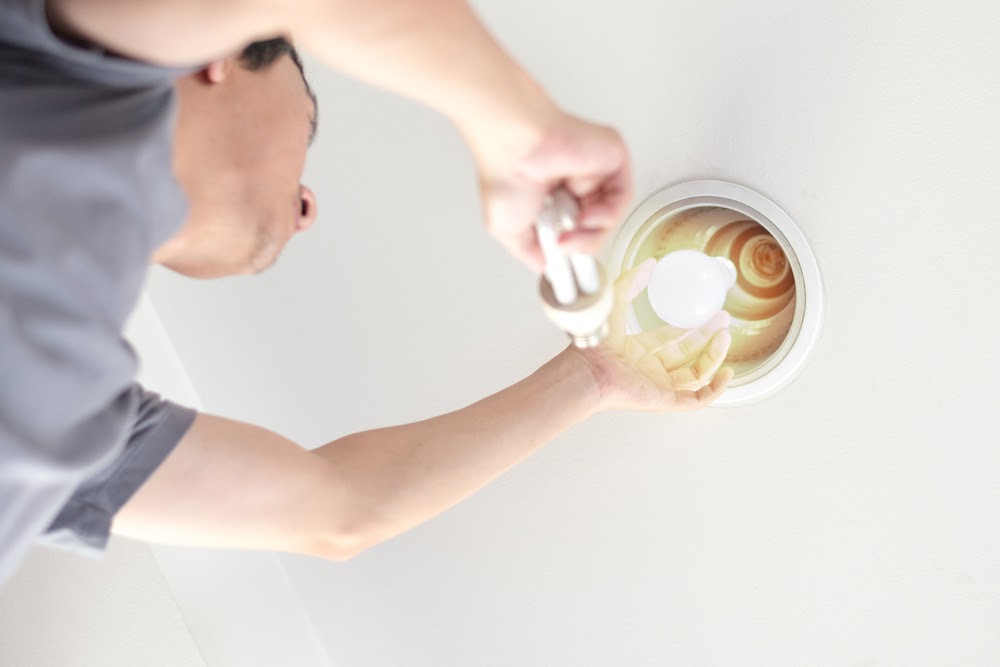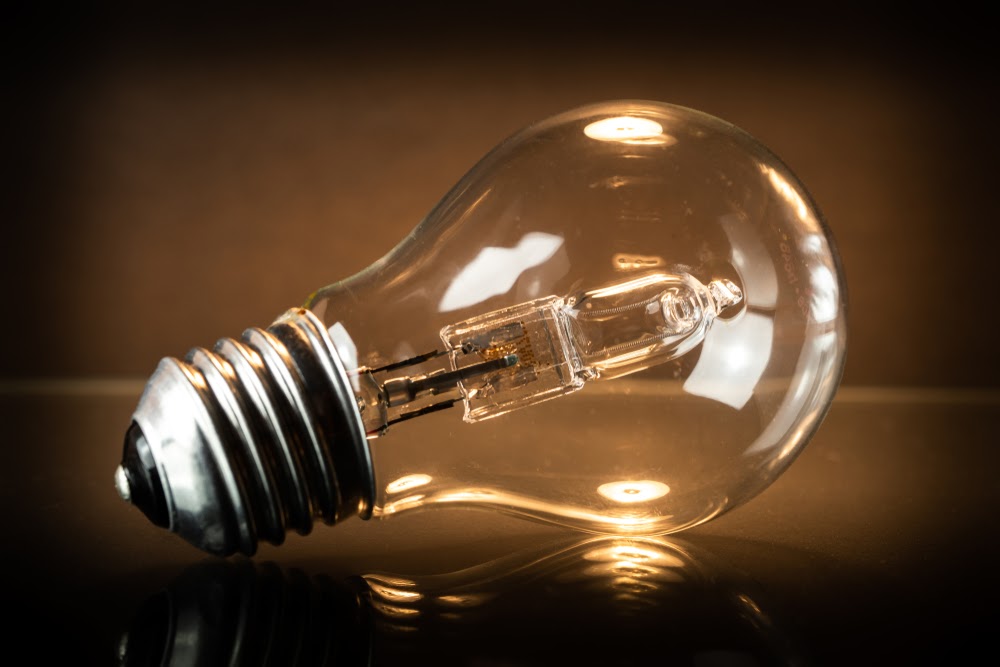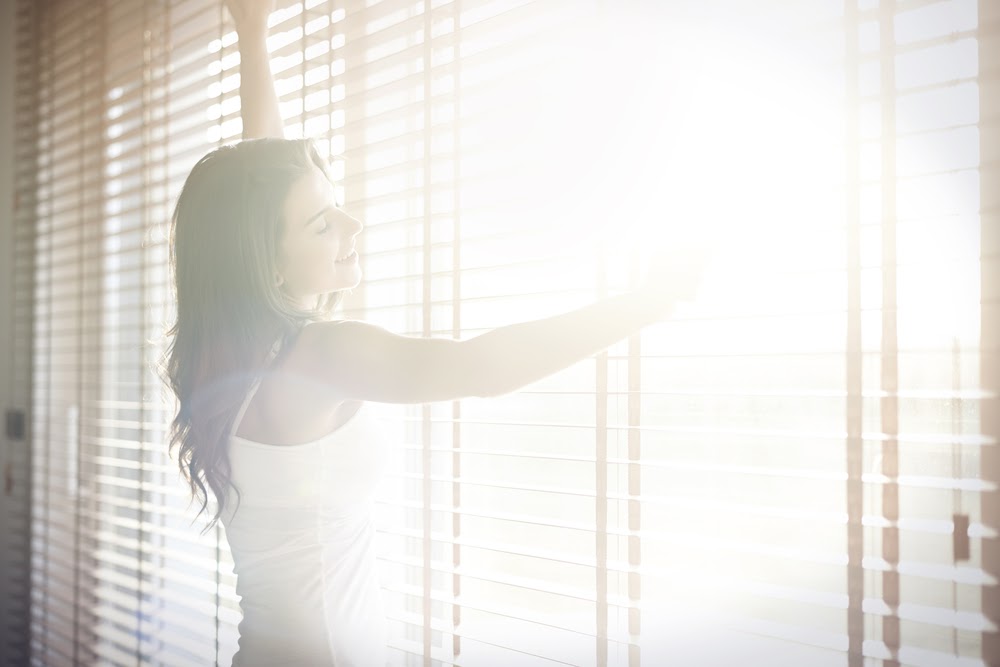How to Upgrade to Energy-Efficient Lighting
Kitchen lights, bathroom lights, lights on the ceiling fan. Even the refrigerator’s ice machine has a little light. There are so many lights and lightbulbs in the home, and, chances are, one might be on right now. While those little bulbs might seem harmless, all that light sucks electricity, increasing monthly bills and wasting energy.
Energy-efficient lighting could save money and lower energy use. And energy-efficient lighting isn’t just LED bulbs. Here’s how to upgrade to energy-efficient lighting to save money, decrease energy waste and still keep the home beaming!

LED
When many homeowners think about energy-efficient lighting, they might immediately picture Light Emitting Diodes or LED bulb. It’s true that LED bulbs are incredibly energy-efficient. According to the U.S. Department of Energy, LED bulbs noted as ENERGY STAR will use only about one-fifth to one-quarter of the energy as the old standard incandescent bulb…and it boasts much longer life than those old bulbs. While LED bulbs can be more expensive, the upfront cost pays for itself over time. Homeowners also will have to replace them much less frequently as they burn for much longer.

Most Energy Efficient Light Bulbs: Compact Fluorescent Lamp (CFL)
According to ENERGY STAR, these bulbs consume more energy at first to light up but then the savings begins. These bulbs are much more efficient than standard incandescent bulbs, using up 70 percent less energy (per ENERGY STAR). These bulbs are also noted as being the most energy efficient. Yes, CFL is better than LED when it comes to energy-efficiency.

Halogen Incandescent
Yes, these are a type of incandescent bulbs…but not the standard old bulb used in the past. SFGate explains that Halogen bulbs use less energy than their standard counterparts, however they also burn hot. The problem with burning hot is, well, the fact that they might make the room warmer. Fine in winter or fall but probably not so great in warmer months. While halogens are a better choice than those old standard bulbs, CFL or LED might be a better choice…at least for warmer climates.
Even the Best Energy-Efficient Light Bulbs Can Zap Energy, Too!
Even an LED is going to waste energy if it’s left on all day when not in use. To lower lighting costs and zap those energy drains, homeowners might need to adopt some new habits.
Turn the lights off when not in use! Some lights also can be hooked up to a timer, so they shut off automatically. This is a great way to ensure that those lights don’t continue to burn.
However, the Internet of Things also could help homeowners take control of lights. Lamps can be plugged into a smart power strip or smart plug. These plugs can then be controlled by devices like phones are tablets. Forget to turn the light off after leaving the house? Just open the app on the phone and switch off those lights!

Natural Energy Efficient Lighting
One of the best ways that homeowners can save money on lighting costs is to use natural light…sunlight! During the day, open up the blinds or the curtains and let the sun shine in the room. This also could make the day a little brighter, too.
During the heat of summer, though, be cautious about opening those curtains. While homeowners could save money on light, they might cause the air conditioning to work overtime. And HVAC units consume much more energy than a light bulb!
Energy-Efficient Light Bulbs…Light the Way Efficiently!
Choosing to upgrade light bulbs might need to be accomplished as each bulb begins to fade. While homeowners could swap out all the bulbs at once, it might just be more practical to buy new bulbs and use them as needed. Eventually, all those lights will be energy-efficient.
Choosing between fluorescent, LED and halogen is up to the homeowner. Some individuals simply don’t like fluorescent lights. The budget might be an issue, too. So how much do all these bulbs cost? Using prices via Home Depot’s website, here’s how all the choices light up the budget:
CFL
A four-pack of 60-watt CFL bulbs are priced at $7.97. A four-pack of 100-watt bulbs is $9.97. However, prices can vary by brand.
LED
An 8-pack of 60-watt LED bulbs costs $9.94. While a 4-pack of 100-watt bulbs are priced at $13.78. Again, though prices can change by brand and/or specs.
Halogen Incandescent
A 3-pack of 60-watt halogen bulbs costs $8.98. A 16-pack of 100-watt Halogens rings in at $16.90. Prices vary by brand and spec.
The energy-efficient bulb homeowners prefer and ultimately purchase is really their choice. CFL, LED and halogen bulbs are energy-efficient. However, CFL does hold the top choice in energy efficiency. Prices between all three types are fairly comparable, and no matter what bulbs homeowners choose to light their home, always switch off lights when they aren’t in use. Otherwise, even those energy-efficient bulbs can waste money!


